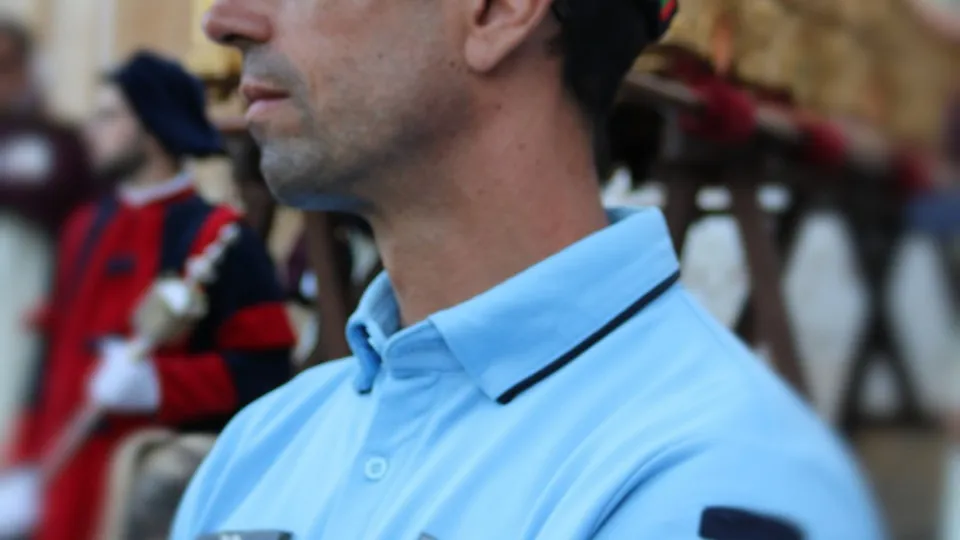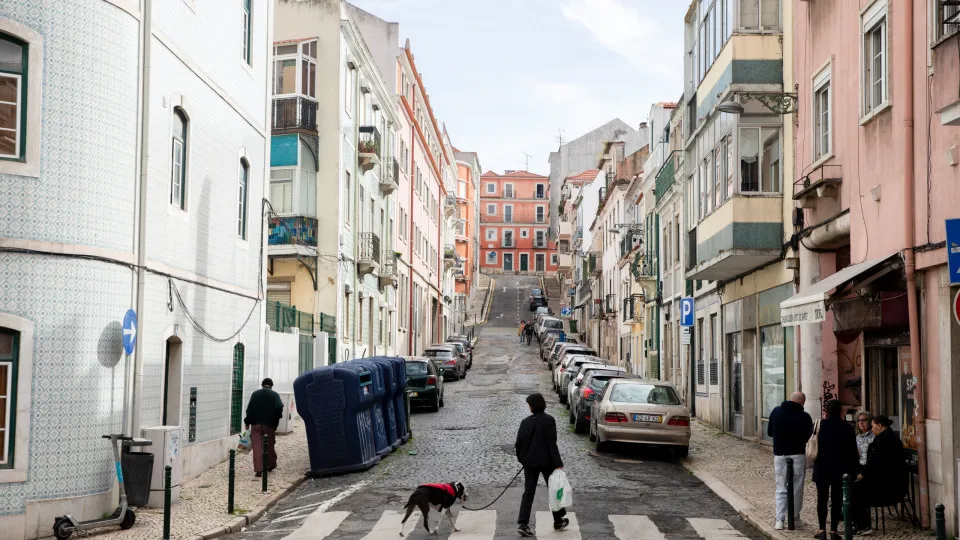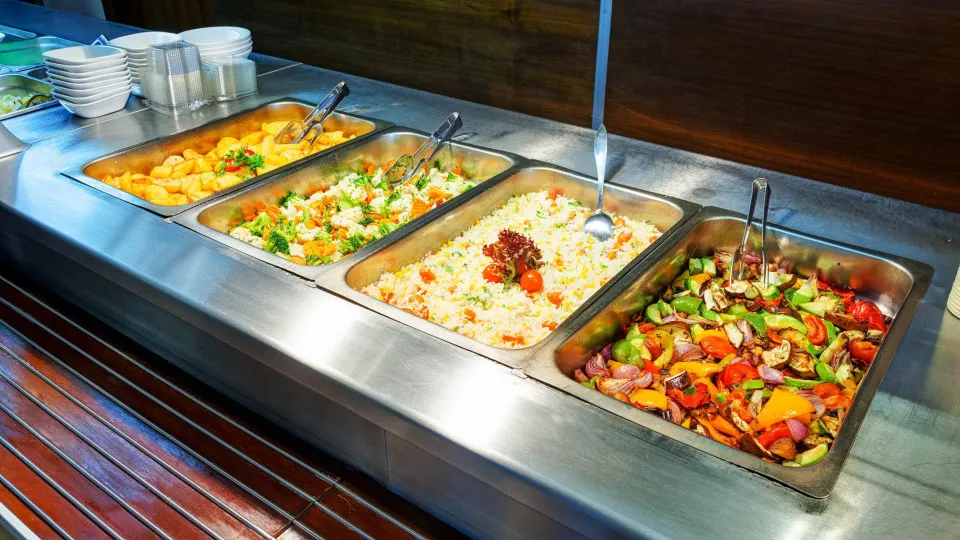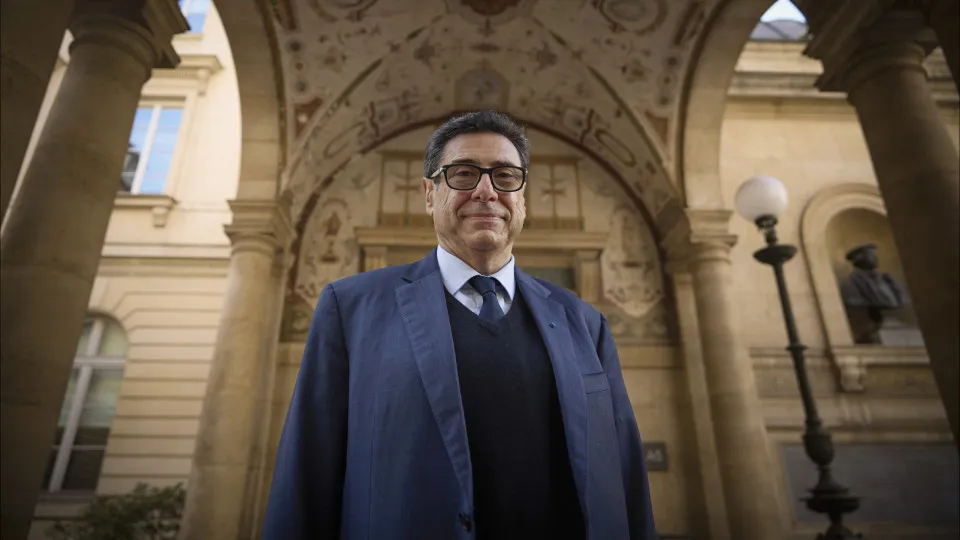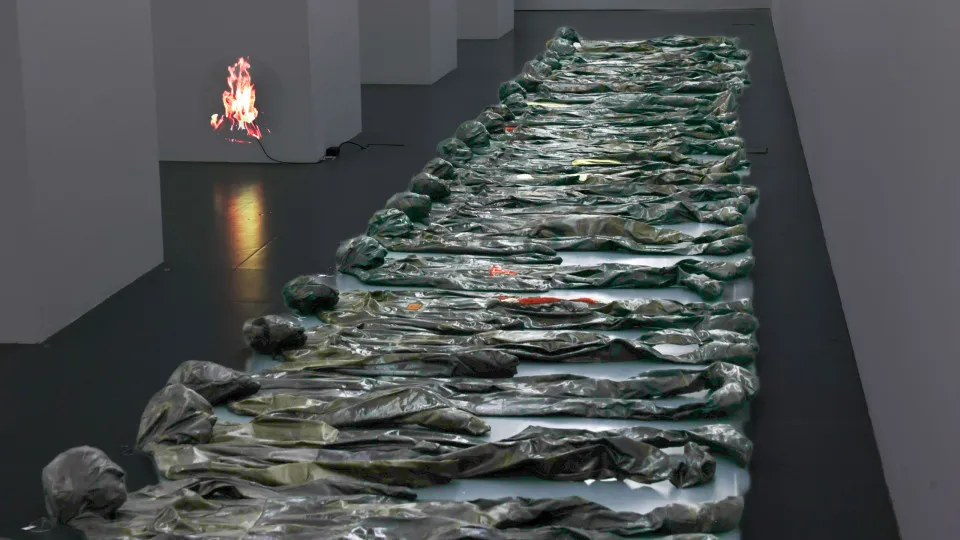
Three exhibitions – “Pensamentos. em papel” by Carlos Nogueira, “SomaSemaSoma” by German artist Alexandra Bircken, and “KaOuS” by Brazilian artist biarritzzz – will be on display until February 1, 2026, with the first two concluding and the ‘web art’ extending until November 9.
In the gallery area of the building dedicated to exhibitions inspired by the concept of books, a showcase reveals a “rather secret part” of Carlos Nogueira’s work, stated Culturgest’s visual arts programmer Bruno Marchand during a press visit attended by the Portuguese artist, born in Mozambique in 1947.
Within the compact space, a broad collection of “project drawings” is displayed – the term used for these works – primarily created during the transition to the 1980s. “These are records of thought, creative process for old performances. I’m not a writer or a poet, but I really like words,” commented Carlos Nogueira.
Among the projects developed – described in drawings and guiding phrases – he recalled one displayed at the Sociedade Nacional de Belas Artes in Lisbon, where 99 wooden doves on wheels, painted white, and a rod of varying shades of blue were exhibited as part of a traditional toy.
“The doves were all different, just like us. Each of us is a universe,” remarked the artist, who has been developing sketches for his sculptures or performances since the beginning of his career, along with a diverse range of graphic expressions, including notebooks, scores, diary pages, and other bureaucratically associated mediums.
Occupying several rooms in the exhibition area at Culturgest is “SomaSemaSoma,” by Alexandra Bircken, born in Germany in 1967. Initially associated with the fashion world, her work draws significant inspiration from it, mainly through the use of fabrics to explore analogies between the human body and machinery.
Curated by Bruno Marchand and Selma Meuli, the exhibition features a selection of works from the past two decades, including several specifically designed for Lisbon, notably a series of ceramic road signposts.
The deconstruction of everyday objects and materials, such as full-size motorbikes, racing suits, a machine gun, machine cables woven to create textiles, and woolen threads used to create organic forms, reveals the artist’s interest in issues related to identity, fragility, and the limitations of the individual.
Her primary method of work is collage; by combining a wide array of materials and techniques, the artist tests the boundaries between humans and constructed environments, according to the curators.
The exhibition includes an unprecedented collection of displays that illustrate this process of referencing and “assembly” through photographs, drawings, and materials gathered over the last thirty years, which the artist arranges as a personal narrative.
Alexandra Bircken “has both a need to gather objects and connect them and to deconstruct and dissect them, often linking them to ideas of power, acceleration, and progress in current life,” described Bruno Marchand.
The show’s title comes from the Greek roots soma, meaning “body,” and sema, meaning “sign”: “The artist explores this body semiotics, subverting archetypes related to gender and power. Her sculptures emerge as hybrid presences whose verticality, form, scale, and volume suggest bodies, or parts thereof, analogous to ours, establishing relationships of either identification or difference with us.”
In “KaOuS,” an exhibition by Brazilian-born artist biarritzzz, born in 1994, “the visual languages of internet culture and the logics of appropriation and remix in ‘web art’ are explored to create counter-narratives where ethics, aesthetics, and politics intertwine as equivalent fields in a cosmological dispute of realities,” it was described.
The creator presents a new interpretation of the music “kAPTURA oU sURTAH,” part of her album “Eu Não Sou Afrofuturista” (2020), through what she describes as an “expanded film” where she seeks to destabilize the belief in infinite economic and material growth.
“My goal with this work is, through the aesthetics of memes, video games, and humor, to destabilize the Western concept of progress,” stated the artist during the exhibition visit.
The artist was selected by the Contemporânea platform as part of the Atlantic 2025 Commission, an annual international project operating in the realms of creation, programming, and publishing, with artistic direction by Celina Brás and coordination by Paula Ferreira.

